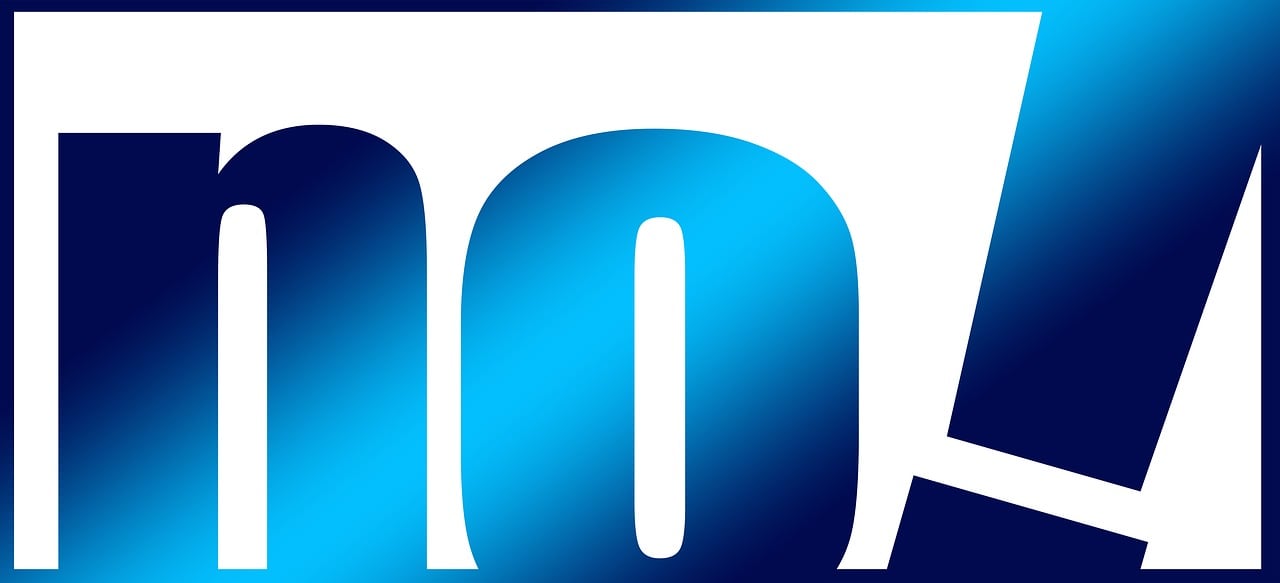Title: Advancement in Translation: Navigating Language Frontiers
Translation, the art of conveying meaning from one language to another, is an everevolving field that mirrors the dynamic nature of human communication. As societies become increasingly interconnected, the demand for accurate and culturally sensitive translations continues to rise. The advancement in translation techniques and technologies plays a pivotal role in meeting these evolving demands.
Historically, translation relied heavily on human translators who possessed fluency in multiple languages along with cultural competency. These translators meticulously deciphered source texts and meticulously crafted target language versions, striving to preserve the original meaning and nuances.
The advent of technology has revolutionized the translation landscape. ComputerAssisted Translation (CAT) tools such as SDL Trados and memoQ facilitate the translation process by storing previous translations in a database, enabling consistency across documents and increasing efficiency.
Machine Translation (MT) systems, powered by Artificial Intelligence (AI), have made significant strides in recent years. Google Translate, DeepL, and Microsoft Translator are examples of MT systems that utilize neural networks to improve translation quality. While these systems excel at translating straightforward texts, they may struggle with nuances and contextdependent translations.
NMT represents the cutting edge of machine translation. Unlike traditional rulebased or statistical methods, NMT systems employ deep learning techniques to translate entire sentences or paragraphs at a time. By considering context and linguistic nuances, NMT systems produce translations that rival human counterparts in accuracy and fluency.
Despite the remarkable progress, challenges persist in the field of translation. Maintaining cultural authenticity, handling idiomatic expressions, and preserving tone and style remain daunting tasks for machine translators. Additionally, sensitive or specialized content often requires human intervention to ensure accuracy.
However, these challenges also present opportunities for innovation. Hybrid approaches, combining the strengths of machine and human translation, are increasingly popular. Crowdsourcing platforms like Transifex and Crowdin leverage the collective wisdom of bilingual communities to improve translation quality.

The future of translation lies in synergy between human expertise and technological advancements. As AI continues to evolve, we can expect further improvements in machine translation quality. However, human translators will remain indispensable for tasks requiring cultural insight, creativity, and domainspecific knowledge.
In conclusion, the advancement in translation technologies has ushered in a new era of linguistic exchange and understanding. By embracing innovation while preserving the essence of human communication, we can navigate the complex tapestry of languages with greater precision and empathy.












评论
匿名用户
回复Progress in English is written as progress.